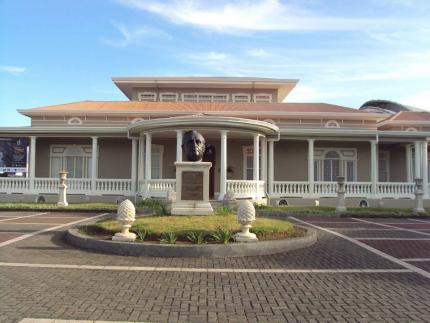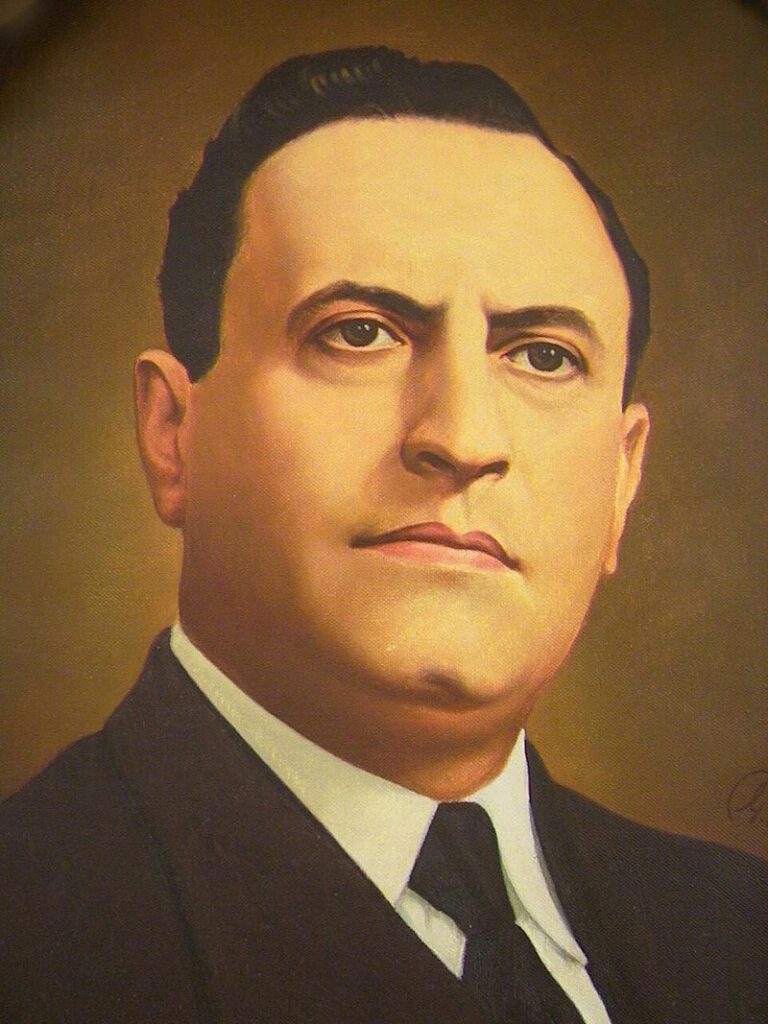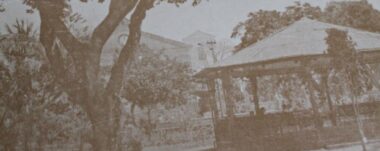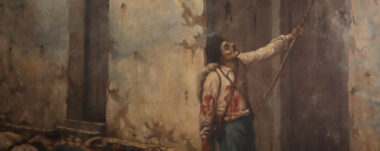Anniversary of Rafael Angel Calderón Guardia Museum

museo-calderon-guardia-costa-rica
This June 18 is the anniversary of the Rafael Angel Calderón Guardia Museum in Costa Rica.
The Museum
The Rafael Ángel Calderón Guardia Museum was created on June 18, 1991 by decree 20499-C with the mission of “recovering, preserving and disseminating the social, historical and political legacy of the Social Reform promoted by the former president of the Republic during his administration 1940-1944”.
The Rafael Ángel Calderón Guardia Museum was created on June 18, 1991 by decree 20499-C with the mission of “recovering, preserving and disseminating the social, historical and political legacy of the Social Reform promoted by the former president of the Republic during his administration 1940-1944”. The Rafael Angel Calderón Guardia Museum commemorates the enactment of the Social Reforms, between 1940 and 1944, thanks to the then president. The Rafael Angel Calderón Guardia Museum also has a visual arts exhibition hall, an auditorium and a decentralization program that allows it to reach communities outside the Greater Metropolitan Area.

Who was Dr. Rafael Angel Calderón Guardia?
Known as “el doctorcito” and the great reformer of Costa Rica, Calderón was president of Costa Rica between 1940 and 1944. He is considered one of the founders of the social Costa Rica we know today. Influenced by his studies in Europe, he promulgated the Social Guarantees, the Labor Code, founded the Costa Rican Social Security Fund and the University of Costa Rica.
Despite his center-right ideology (social Christianity), he surprisingly allied himself with the Catholic Church and the Communist Party in order to promote major social and labor reforms. He is also known for being one of the key figures during the famous civil war of 1948. The doctor was again a candidate, and the elections took place in a tense atmosphere due to insinuations of electoral fraud. Calderon then annulled the elections. This unleashed the wrath of the opposition led by José Figueres Ferrer, and a war that would culminate in Figueres taking power. Calderón, then considered a traitor, was forced into exile in Nicaragua and then Mexico. In 1949 and 1955 he tried to regain power by force but failed in the attempt.
Ironically, Figueres, instead of undoing the social work of his opponent, consolidated and developed those reforms and abolished the army. Thanks to this, Costa Rica is recognized as one of the most stable countries democratically speaking.
Author: M. Barrantes for Sensorial Sunsets
References
https://www.larepublica.net/noticia/el-dr-rafael-angel-calderon-guardia-traidor-preso-y-libre
Navigate articles




